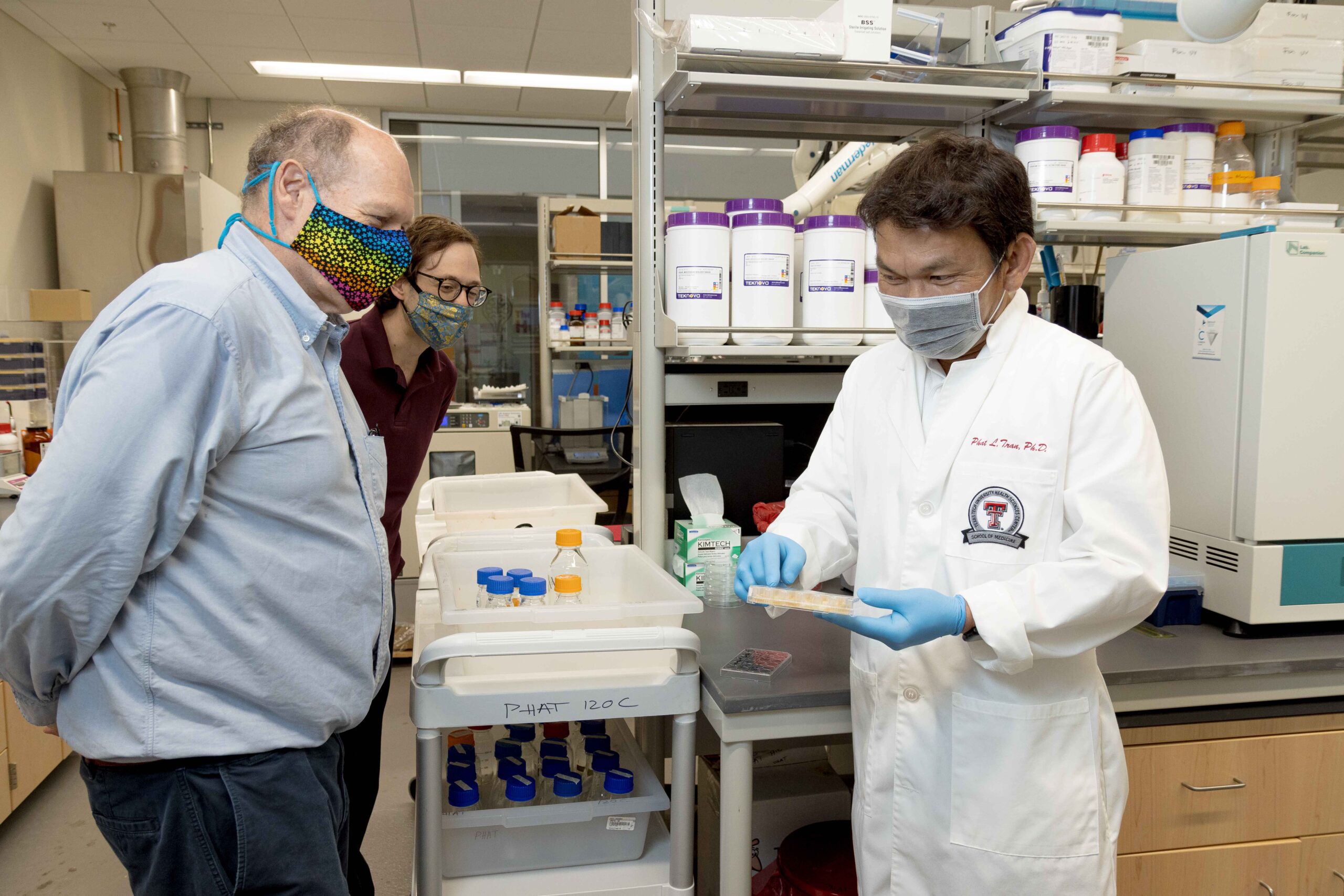Our Science
How it works
Selenium Antiviral Biotech: An antiviral drug platform
Two recent paradigm shifts enable the creation of a peptide based rapid response antiviral platform:
- Technology enabled advances in state-of-the-art protein characterization and modeling have created the opportunity for the emergence of a rapid response antiviral platform.
- Emergence of both solid and liquid-phase based rapid and high fidelity peptide manufacturing techniques.

Patent protected
Technique
Selenium Antiviral Biotech adds the third key component through a patent protected technique to “weaponize” the peptides.
The utilization of these techniques in concert was achieved in approximately three months’ time for Covid19 without organizational coordination. The receptor binding domain (RBD) for viral attachment to the angiotensin-converting enzyme 2 (ACE2) was characterized on March 4 2020, high resolution cryo-EM structure of the binding conformation March 13th, and a candidate 23 amino acid peptide chain was shown to associate with the RBD (and presumably interfere with binding) by March 20th.
Selenium Antiviral Biotech adds the third key component through a patent protected technique to “weaponize” the peptides.
A pure peptide approach is completely dependent upon the blocking/interference effects the manufactured peptide has on the viral binding protein. There is evidence for this as a significant effect:
- A hypothesis as to why women have less severity/mortality is because ACE2 is located on the X chromosome, resulting in additional replication in women, that then results in a higher concentration of degraded ACE2 peptide fragments in circulation that competitively inhibits viral attachment
- One Covid19 drug candidate in Phase II clinical trials by Apeiron Biologics is a recombinant form of the ACE2 protein.
Selenium is a unique and ideal anti-microbial for incorporating into peptide-based approaches:
- Selenium is easily attached to organic compounds through stable covalent bonds
- The antimicrobial properties of selenium have previously been commercialized in various products, some requiring FDA approval such as dental sealants and bandages
- Selenium’s presumed catalytic mechanism of action is inexhaustible, selenium causes very short-range disruptions in cellular phospholipid biolayers causing leakage and ultimately vesicle collapse
- Selenium is a single discreet element with little implications for altering the attached peptide binding properties and therefore does not impose spatial restrictions that attaching larger anti-microbial compounds would cause
This creates the possibility for a new approach to rapid anti-viral development
Peptide/protein chemistry is a well described field with many techniques for modifying peptides to confer better bioavailability and degradation properties.

